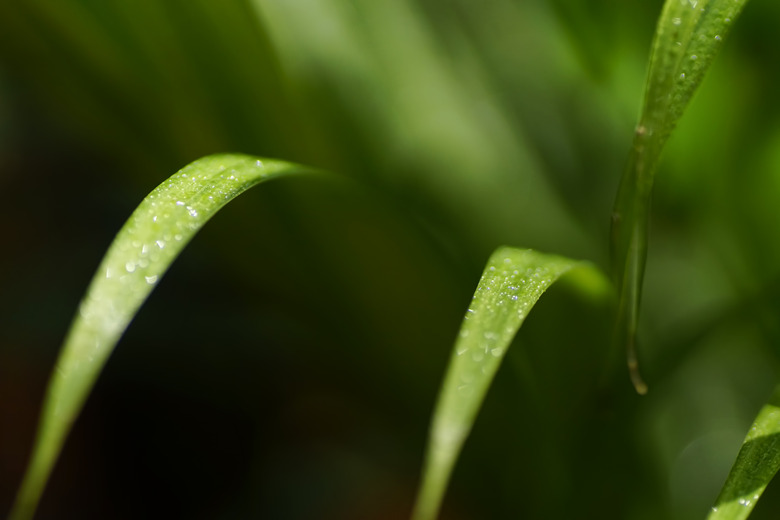How To Build A 3D Model Of A Plant Cell
Building a 3D model of a plant cell is a rite of passage for students. Not only is this project an informative way to learn about the structure of plant cells, it is also an opportunity to flex your imagination and let your creativity shine.
1. Choose Your Medium
The first and perhaps biggest decision that comes with any plant cell model project is what materials you prefer to use. If you want to make an edible plant cell model, you can choose any combination of cake, crispy rice treats, gelatin, fondant, candy or ice cream. Of course, it is important to consider how you plan to store this type of model since it could melt, mold or attract insects. Nonedible options include felt, folded paper, plastic foam, pipe cleaners and clay. It is important not to mix edible components with nonedible materials.
2. Construct the Basic Cell
It is simplest to make the basic form of the plant cell first, including the cell wall, cell membrane and cytoplasm. The cell wall is an impermeable layer that surrounds the outside of the cell, giving it protection and support. It should have tiny openings or pores throughout called plasmodesmata. Nestled just inside the cell wall is a second permeable layer called the cell membrane. The nonorganelle space inside the cell is cytoplasm, which is mostly water.
If you are using something moldable like clay or fondant, make a large square to represent cytoplasm and roll two long snakes around the outer edge of the cytoplasm to represent the cell wall and cell membrane. Remember that the cell wall is the layer on the outside.
3. Add Organelles to the Cell
Now you are ready to construct organelles and set them inside your plant cell model. First, you should mold a nucleus, which is the control center of the plant cell and contains its DNA. These usually look like medium-sized round blobs with pores on the surface. If you feel creative, add tiny spiral helices that look like twisted ladders inside the nucleus to represent DNA. Also construct a large, semirectangular structure to represent the central vacuole. This large organelle stores water and other materials the plant cell needs and should take up one-third to half the space inside the cell model.
The next organelles are the endoplasmic reticulum and ribosomes, which synthesize proteins. The endoplasmic reticulum looks like folded ribbons. The ribosomes are two small, round units bonded together. Scatter a few ribosomes throughout the cytoplasm and attach a few ribosomes to the endoplasmic reticulum.
The Golgi apparatus, which sorts and ships proteins, looks a bit like medium-sized worms clustered together. The mitochondria convert food to energy and look like small kidney beans. Mold small round chloroplasts, which are responsible for photosynthesis and are always green.
4. Add Finishing Touches
Now that you have a completed plant cell model, you can add the final details to help your project stand out. This could include labels for the organelles, descriptions of the components of your plant cell, and a written report documenting your work.
Whether you are constructing a 3D model of a plant cell suitable for eating or just for admiring, it is certain to be a memorable and informative project.
Cite This Article
MLA
Mayer, Melissa. "How To Build A 3D Model Of A Plant Cell" sciencing.com, https://www.sciencing.com/build-3d-model-plant-cell-7390432/. 3 May 2018.
APA
Mayer, Melissa. (2018, May 3). How To Build A 3D Model Of A Plant Cell. sciencing.com. Retrieved from https://www.sciencing.com/build-3d-model-plant-cell-7390432/
Chicago
Mayer, Melissa. How To Build A 3D Model Of A Plant Cell last modified March 24, 2022. https://www.sciencing.com/build-3d-model-plant-cell-7390432/
